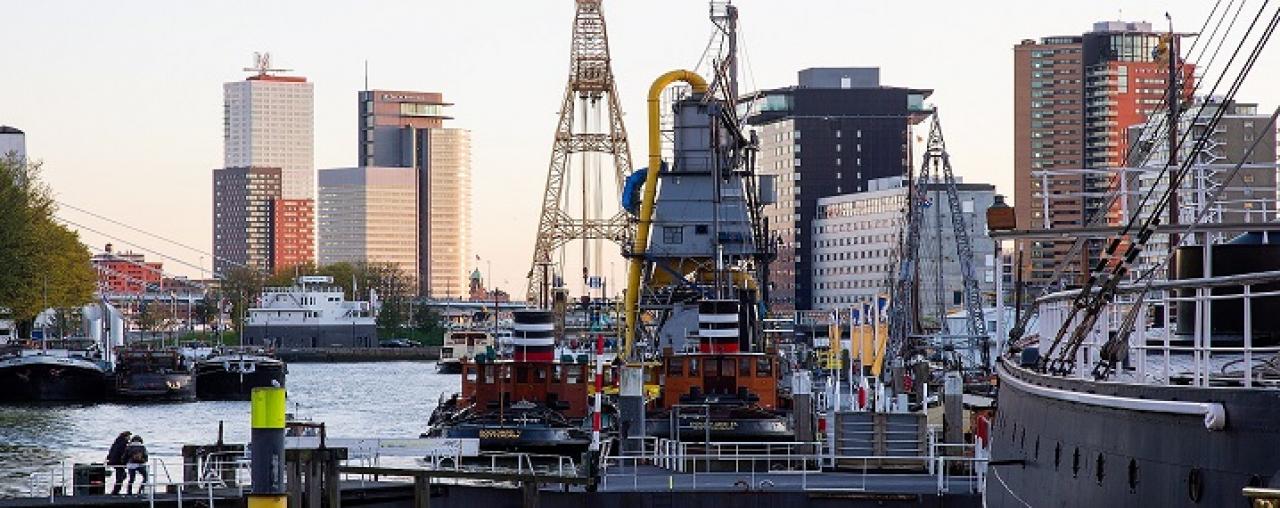
As we’re working closely with our partner cities, we thought it would be interesting to say a little about them. This is the first in a series of features focusing on each of the partner cities in USE-IT.
The first in the series in Rotterdam. Here in Part 1 of the Focus On are a few interesting facts about the city.
Country – Netherlands
Population – 651,000
Area – 24.1 km2
Nationalities Represented in City – 170
Architecture – Rotterdam has all 5 of the Netherlands tallest buildings
Transport – First Dutch city to open a Metro network in 1968
Twinned Cities – Twinned with 13 other cities including Baltimore (USA), Gdansk (Poland), Shanghai (China) and St Petersburg (Russia).
About Rotterdam
The City of Rotterdam is the second largest city in the Netherlands and is split into two parts by the Nieuwe Maas Channel. In the 1970s the population of the city shrunk, as its industries and port declined. Though in recent years, the city has bounced back and today Rotterdam is one of the youngest cities in Europe (reflected by good universities), with 30% of the population under the age of 25.
The city forms part of the province of South Holland, and the Randstad, which is a conurbation of urban areas including the Hague. All of the cities in the local area are extensively linked by transport – and the other cities have an influence upon what happens in Rotterdam. That being said, Rotterdam itself is part of the Urban Region of Rotterdam, which incorporates 15 municipalities and has a total population of over 1,200,000 people. Rotterdam is certainly an important city and has great influence over the other cities around it – and in the Netherlands more generally.
The economy of Rotterdam has been historically dominated by its Port, which remains the largest in Europe and one of the most important in the world. In recent decades, jobs at the port have declined – this is certainly not unique to Rotterdam, but due to changes in the way a port works. Due to this, the city has needed to diversify its economy. Whilst retaining a strong focus on Port based industry, it also includes sectors around health, distribution, consumer services, knowledge and education. Port area, alongside the medical/education cluster around Erasmus University, are seen as key to the future economic development of Rotterdam.
Like many major cities, Rotterdam has significant challenges with unemployment being 7.6% (in summer 2021), more than double the national average of 3.6%. At the height of the Covid-19 Pandemic, this figure reached a high of 9%, with significant fluctuations in unemployment rates across Rotterdam's diverse population. Of those in employment, this is divided amongst eight key sectors of: Industry (5.8%); Retail (13. 7%); Transport & Storage (9. 5%); Business Services (10.7%); Public sector (8. 3%); Education (7. 7%); Healthcare (15. 5%); and Others (28. 9%).
Many cities have an east/west divide, but Rotterdam is divided more along north/south - with the North tending to be more prosperous than the disadvantaged South. Rotterdam is also recognised as the poorest of the larger cities in the Netherlands with 1 out of 4 children growing up in poverty.
The next part of this Focus On, will highlight how Rotterdam is building on its strengths to move forward in the 21st century.

